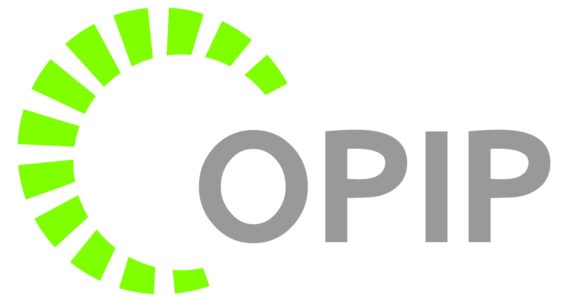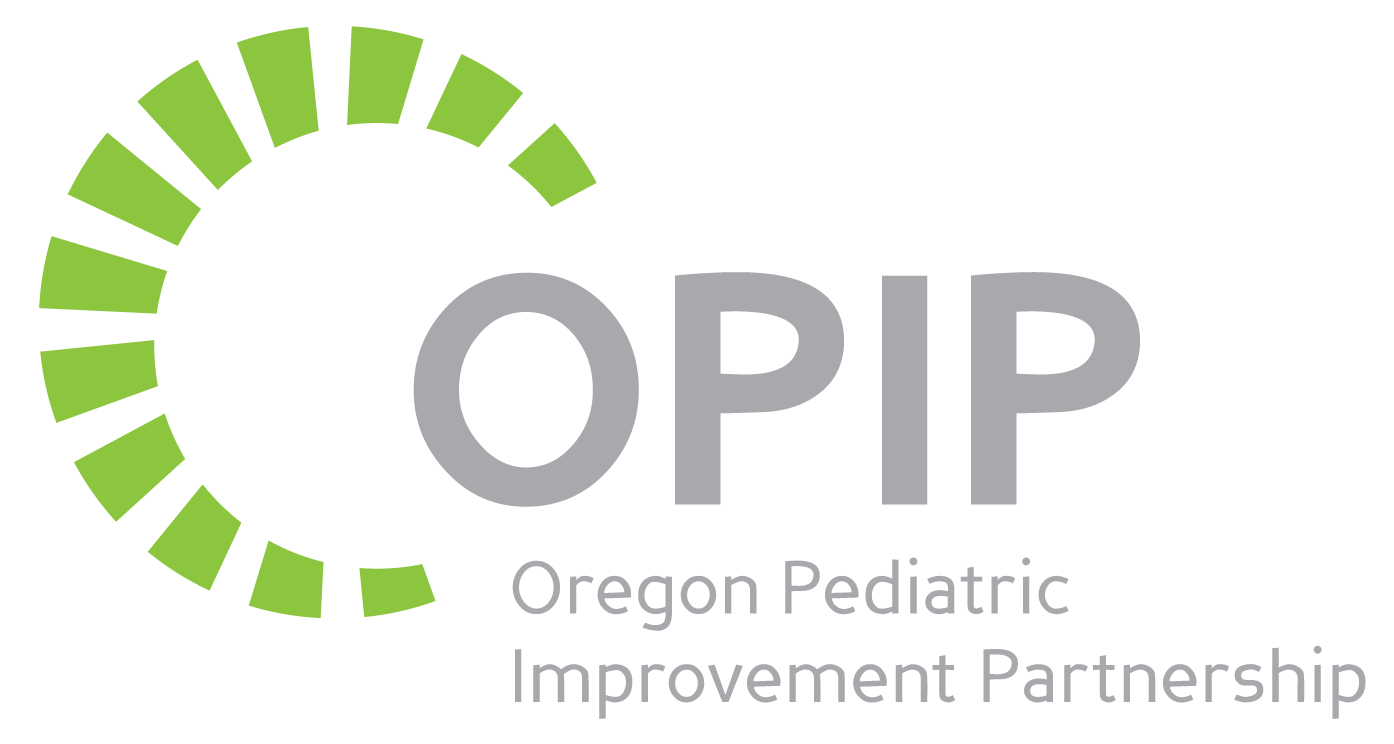A core component of the OPIP mission is “collaborating in quality measurement and improvement activities across the state,” and “incorporating the patient and family voice into quality efforts.”
As stated in our vision, we feel an integral component of quality improvement is the development of quality measures, measurement strategies, and tools that can guide and inform efforts in data-informed manner. We also recognize the importance of eliciting and incorporating the family and patient voice in quality improvement and measurement initiatives.
OPIP’s current work in quality measurement has focused on the development of tools and strategies that can guide and evaluate these quality improvement efforts.
Office Report Tools:
- Office report tools are a way to gather standardized information about systems and processes in place.
- OPIP led the development, implementation steps, and analysis of the Medical Home Office Report Tool (MHORT) used in the Tri-State Children’s Health Improvement Consortium (TCHIC).
- OPIP also developed the SBHC Office Report Tool for Adolescents (SORTA) for the project focused on enhancing Adolescent Well-Care Visits. This is a 28-item tool that assesses 55 processes related to adolescent well-care in five domains: (1) Quality Improvement, (2) Billing and Claims aligned with CCO metrics, (3) Education about SBHC services, (4) Content of Adolescent Well-Care Visits, and (5) Care Coordination with Primary Care Providers.
Provider and Office Staff Surveys
- Prior to every Learning Session with participating practices, OPIP administers a survey to the providers and office staff to gather a baseline understanding of their perceptions about the strengths and barriers in their systems related to the topic area of focus. Wherever possible, OPIP strives to utilize items from national surveys for which comparative information is available.
- Click here for specific examples of surveys developed to gauge provider/office-staff perceptions.
Consumer or Patient-Surveys
Quality Measures Based on Claims/Enrollment Data
- OPIP feels it is imperative to gather information from patients and families about the care they receive to get a reliable and valid understanding of the quality of care provided. Particularly for care provided to children and youth, a majority of which is provided in the context of communication between patients and health care providers, surveys are imperative.
- OPIP also worked with our partners in the T-CHIC project to administer a version of the CAHPS for patients in the practices involved in the ECHO Learning Collaborative.
- Data about claims submitted can be useful in developing quality measures about services billed. Through the T-CHIC effort, OPIP was involved in a number of efforts to inform or guide measures by the State Medicaid agency to evaluate quality.
- Ms. Reuland, the OPIP Executive Director, has extensive experience working with State Medicaid agencies on developing and using quality measures derived from claims and enrollment data, and understanding how it can compliment and inform other quality measure data.
Quality Measures Based on Medical Chart Reviews
- Data obtained from reviews of patient medical charts can be invaluable to understanding specific aspects of care provided and specific patient characteristics.
- OPIP staff have experience in developing medical chart review tools and in analyzing the data to inform and evaluate quality improvement efforts.
- As part of the ABCD III efforts, OPIP developed a medical chart review tool to assess screening, referral, and care coordination for children at-risk for developmental, behavioral, or social delays.
CHIPRA Core Measures

